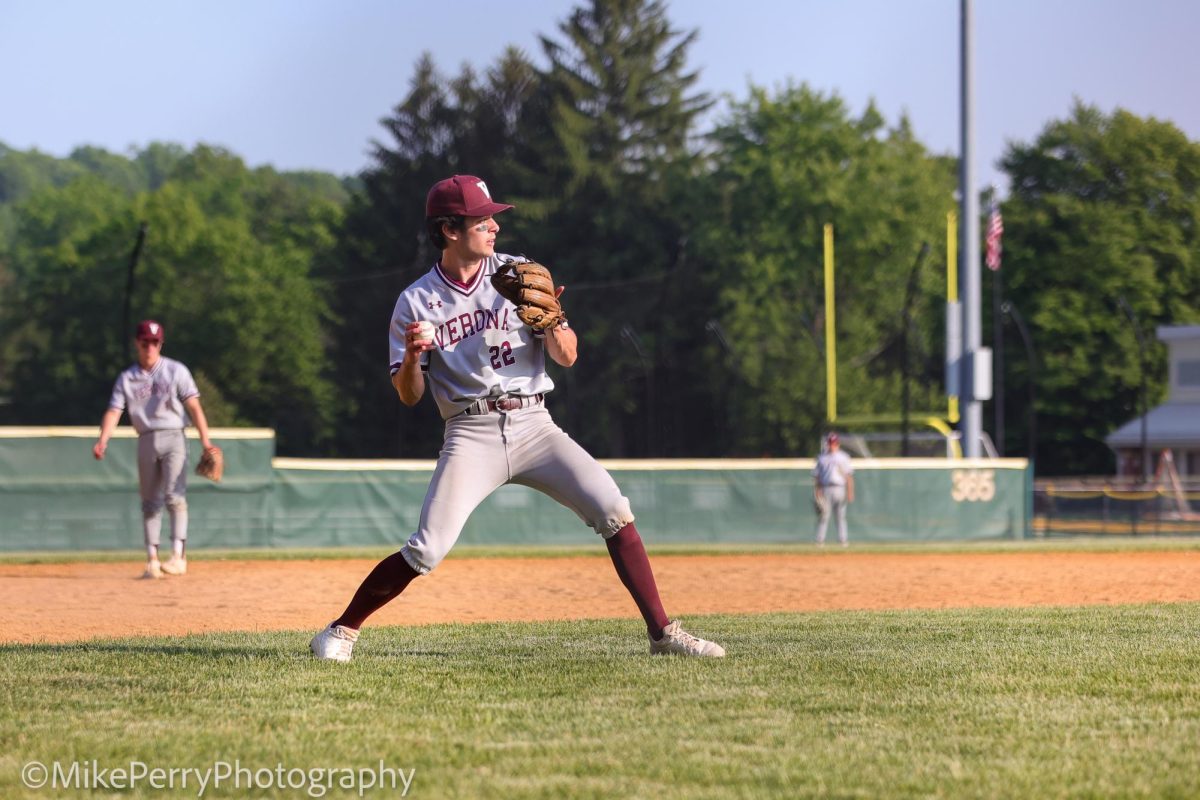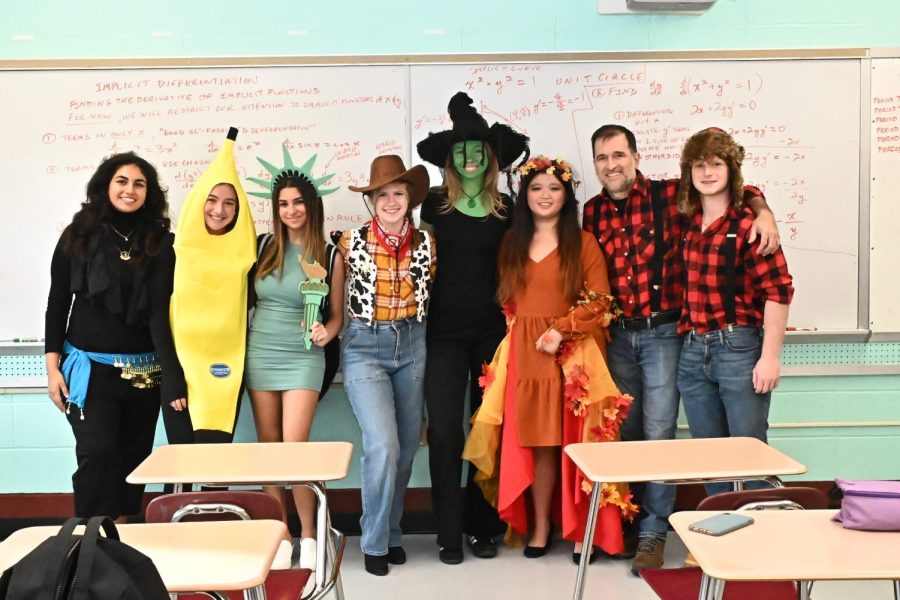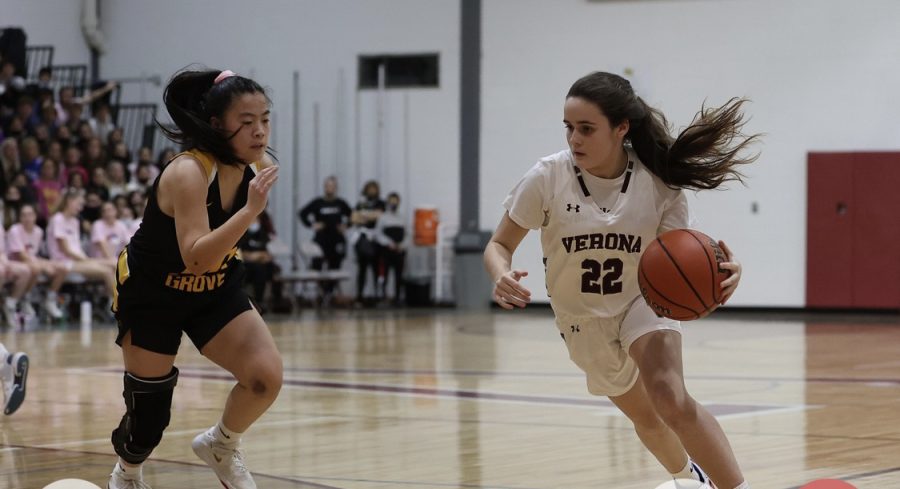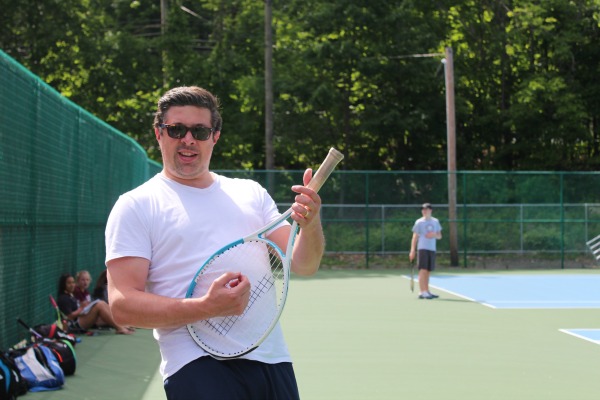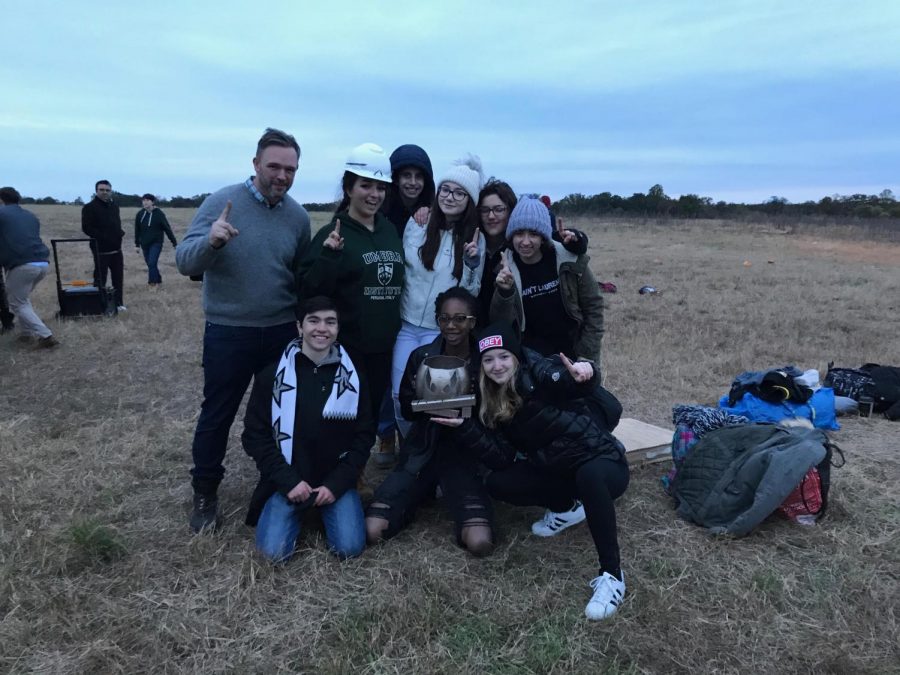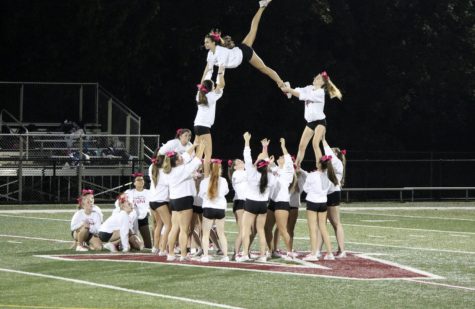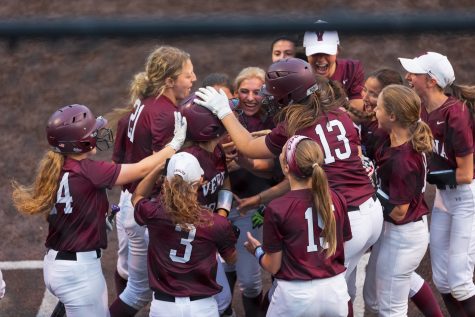It’s a Bird, It’s a Place, It’s a … Pumpkin!
On October 27, Rowan University held an annual “Pumpkin Chunkin” event in which primarily college students, as well as a few high school teams, participate. The event itself is a tribute to engineering as students must design their own catapult, or trebuchet, to launch their pumpkin. Apparently the Verona High School Engineering Club can build a better mousetrap, or in this case, catapult, than any of the college students involved. For visual proof, click here.
VHS Engineering Club adviser, Jason Atkins says “Our STEM department is small and there are only so many classes we can offer and.This club is an opportunity to work on projects that might be bigger or last longer than might fit in a normal course and it expands what we can offer so we can do stuff we might not touch in a class curriculum. It’s also very hands-on. Engineering at that scale is very empowering so when students are working on a big project like that with very dramatic results they can see themselves as someone who can change things.”
While the prospect of launching a pumpkin into the air via a large catapult may seem like a safety hazard Mr. Atkins assured that the whole project was being closely monitored.
“Being able to do everything safely is the largest concern – making sure at every point that there’s not just one thing keeping you safe but multiple things keeping you safe at all times.” While the whole thing may seem daunting to an untrained eye, the obstacles were no match for this high school team whose teamwork went unrivaled.
According to Mr Atkins “This year was a smaller project than when we did the initial build They did research first and examined 3 or 5 case studies to decide on a trebuchet they liked to build. They then had the competition parameters they had to meet. When they did that they had stages and sign ups so members of the group would come in and speak to me. People could sign up and come in to work on the build team captains would communicate with members of their team.”
The process of building the catapult itself just one aspect of the competition. Rather than construct a completely new catapult, the club elected to modify the catapult used the previous year. How long does it take to build a catapult? According to Mr. Atkins, “we had two teams and a good 20 people working on them we started working last year so most of the build was done last year. So this year was about safety, mobility, and optimization.”
This year the club put in over 80 hours of work outside of school, working after school and on weekends to get the trebuchet ready for the competition. Club member Chris Lakin said “The hardest part about the whole thing was meeting deadlines because there was a lot of work to do.”
It seems as though the club had outdone itself this year yet the head of the Engineering Club said their work was hardly done and even proposed fun ideas about the future of the event.
“The most challenging part is observing what’s happening and trying to isolate a problem so that you can make that machine perform at its best,” said Mr. Atkins. Students are already thinking about their catapults for next year and they have thoughts about “starting our own catapult competitions here in Verona.”

